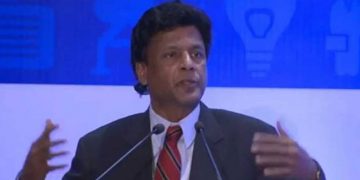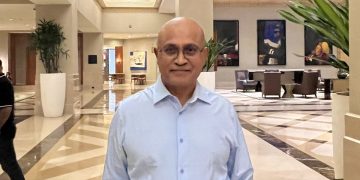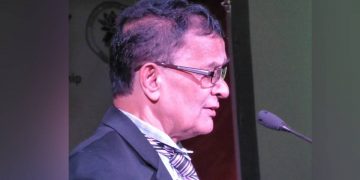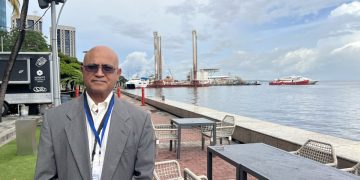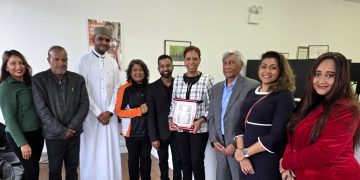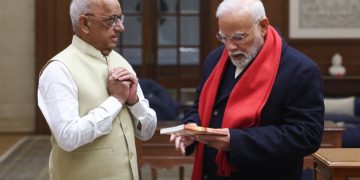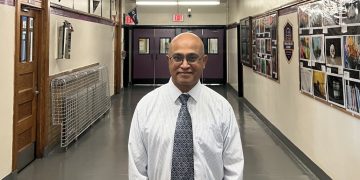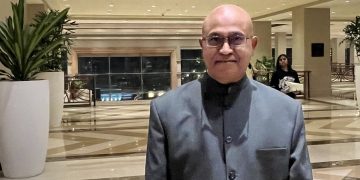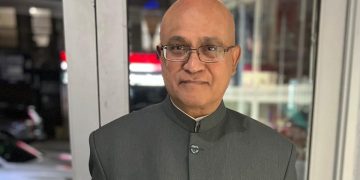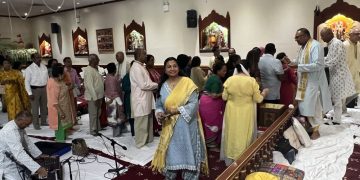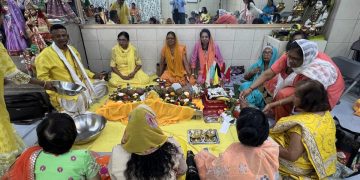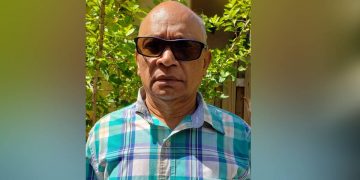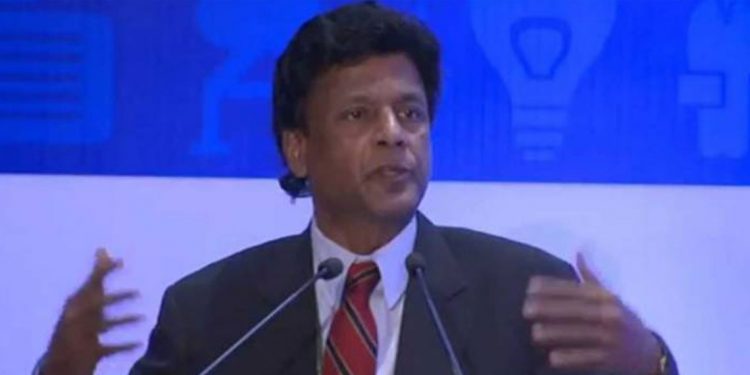ROAR of Ravi Dev
This New Year’s Day is very significant in the history of Guyana: it the 100th anniversary of the abolition of all Indian indentures in 1920. Three years before, on March 12, 1917, “Indian Indentureship”, as an institution, had been abolished but those who had already been shipped out – including those on the SS Ganges, the last ship to British Guiana which landed on April 18, 1917 – would have had to serve out their five or three-year indenture.
On Jan 1st 1920, then, every Indian who had arrived as indentured servants or were descended from them, were now full citizens of this land. By then, unfortunately, forces had been unleashed that would influence the politics of Guyana into the present. Up to then, while in an objective fashion, indentured labourers had undercut the bargaining power of the African ex-slaves this only led to hostilities on a few occasions notably in 1856 and 1888 between them and the Portuguese who had gravitated into businesses very early on.
But in 1914, after Marcus Garvey launched his “United Negro Improvement Association” (UNIA), the circulation of his “Negro World” newspaper stimulated a new consciousness and militancy in the African Guyanese population: a local branch was launched in 1919. In 1918 the Government had already raised concerns of the presence of “certain negroes” by the authorities Gov Collett leading to the “Seditious Publications Bill” to prohibit Garvey’s “Negro World Newspaper”. Interestingly, the BGEIA which had been relaunched in Georgetown in 1919, supported African notables and organisations in opposing the bill.
But the new consciousness would raise political questions from developments in the sugar industry: it was the precursor to the “Indian and African Security Dilemmas”, that fuel our politics to this day. In 1917, there had been 138,140 Indians in the colony (43.99%) by 1920, this had decreased to 124, 586 (40.54%). This was due to over 12,000 of them succumbing to a flu epidemic in 1918 and 880 returning to India in 1919. By then the planters were in a panic about securing the “cheap and reliable” supply of labour, they deemed essential to the survival of the sugar industry.
Wages in the industry had plunged during the war years but with sugar prices rising, the planters were loath to forego any profits. They persuaded the colonial administration to introduce the “British Guiana Colonisation Scheme” in 1919 to attract new immigrants.
Directly after the abolition of Indian Indentureship, a meeting of representatives of the Govt of India, and British Colonial Officers had met in London to devise a “New System” to attract Indian immigrants to the colonies. In British Guiana, a committee was formed to consider the plan as adumbrated by the Secretary of State. But matters languished until the crisis in the sugar industry manifested itself and precipitated the formation of a “Royal Agricultural and Commercial Society” in Jan 1919.
This met with a wide cross section of individuals from all ethnic groups; public bodies and the Combined Court under the Chairmanship of the Mayor of Georgetown. A “General Colonisation Committee” was formed including a special sub-committee to deal with the immigration of “negroes from the West Indian islands and Africa”. On Feb 5th, 1919 the Combined court passed the following resolution:
“The Court respectfully requests the Governor to make arrangements to send to the UK a deputation CONSISTING OF MEMBERS OF VARIOUS RACES with the view of laying before His Majesty’s Government a representation of the needs of the Colony both for the maintenance of present industries and for their extension; and to show the advantage which this Colony affords to immigrants from other COUNTRIES;”.
As such on 12th June 1919 Attorney General Joseph Nunan, “as the head of a seven-member team departed to hold meetings with the Colonial Office in London. The team planned to travel later to India and some British colonies in Africa to discuss migration proposals with their Governments. The other members of the delegation were Dr. Hewley Wharton, Parbhu Sawh and Joseph A. Luckhoo (representing East Indians); and A. B. Brown, Mc Farlane Corry and Eric Robinson (representing Africans).
“The plan of this delegation was for the Indian delegates to travel to India and the African delegates to West Africa where they would try to explain the advantages British Guiana would provide to immigrants from those countries.” (to be continued)
